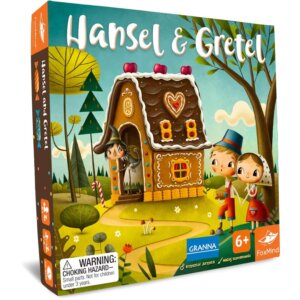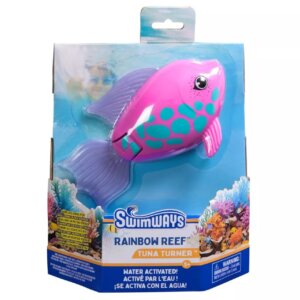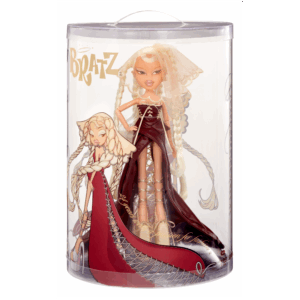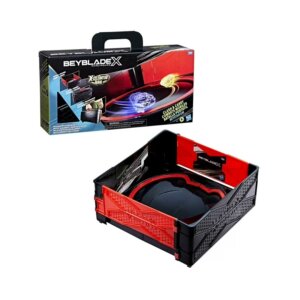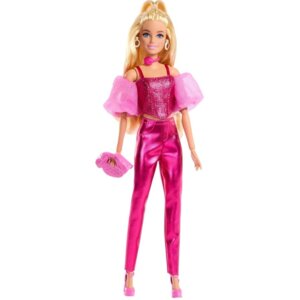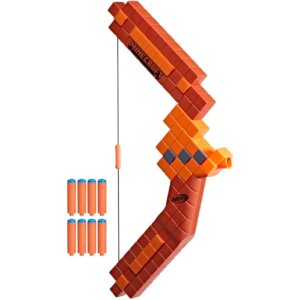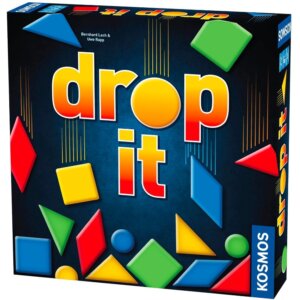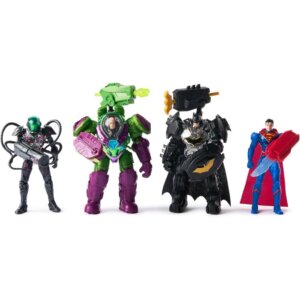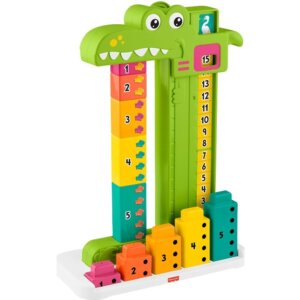Hansel & Gretel and Cinderella Games Review
Share!
Editor's Review
Work together to win these new games based on classic fairy tales.
Cinderella is a cooperative matching game for ages 4 and up. The clock board, which is displayed in the box, gets set to 12:00. The tiles, which feature images of things Cinderella needs for the ball, get mixed up and arranged in a grid facedown. On your turn, roll the die to see what you get to do. If you roll a magic wand, you flip up one tile so that everyone can see it. Once everyone gets a good look, flip it back over. If you roll a cauldron, you get to secretly preview a tile and then place it back facedown. If you roll an hourglass, you get to search for a pair and move the clock hand forward one hour at the end of your turn. To find a pair, flip over one tile so everyone sees it. Then you secretly flip over another tile. Because this is a cooperative game, other players can help you find the match. If the tiles form a match, place them next to the clock. All players win the game if they find the matches before the clock reaches 12:00 again. There are multiple other variants on the basic gameplay if you want to make the game more challenging. The game comes with a clock board, 12 basic tiles, 12 special tiles, a magic wooden die, a Cinderella cardboard figure, and instructions. You can play the game with one to four players.
To play Hansel & Gretel, you build a cardboard gingerbread house. Players take turns adding a candy tile so that its edge is adjacent to one other tile. If a full picture of candy is completed, players take a Gingerbread token from the roof of the house. The back of each token gives players a bonus that they may use at any time, such as moving any pawn one or two fields in any direction or canceling the movement of the pawn. If a player draws a tile with Baba Yaga’s hat on it, they must move Baba Yaga’s pawn along the edge of the box by as many spaces as there are purple dots on the outer edges of the tile layout. After each player takes a turn, the round ends, and each pawn must move clockwise based on the number of colored dots on the outer edge of the tile layout. If players manage to collect five gingerbread tokens, they win. But if Baba Yaga catches at least one of the children, the players lose. The game comes with 40 candy tiles, four Baba Yaga’s hat tiles, eight gingerbread tokens, two starter tiles, three wooden pawns, Baba Yaga’s cottage, and instructions. You can play the game with two to four players ages 6 and up.
Price Check
Should I get it?
Both of these games have wonderful game elements and even incorporate some storytelling in the instructions. It’s pretty easy to learn how to play each game, and the gameplay is designed to help kids with memory, math, cooperation, and observation.
Pros
Easy to learn
Beautifully designed game elements
Gameplay helps with memory and math
Cons
None

